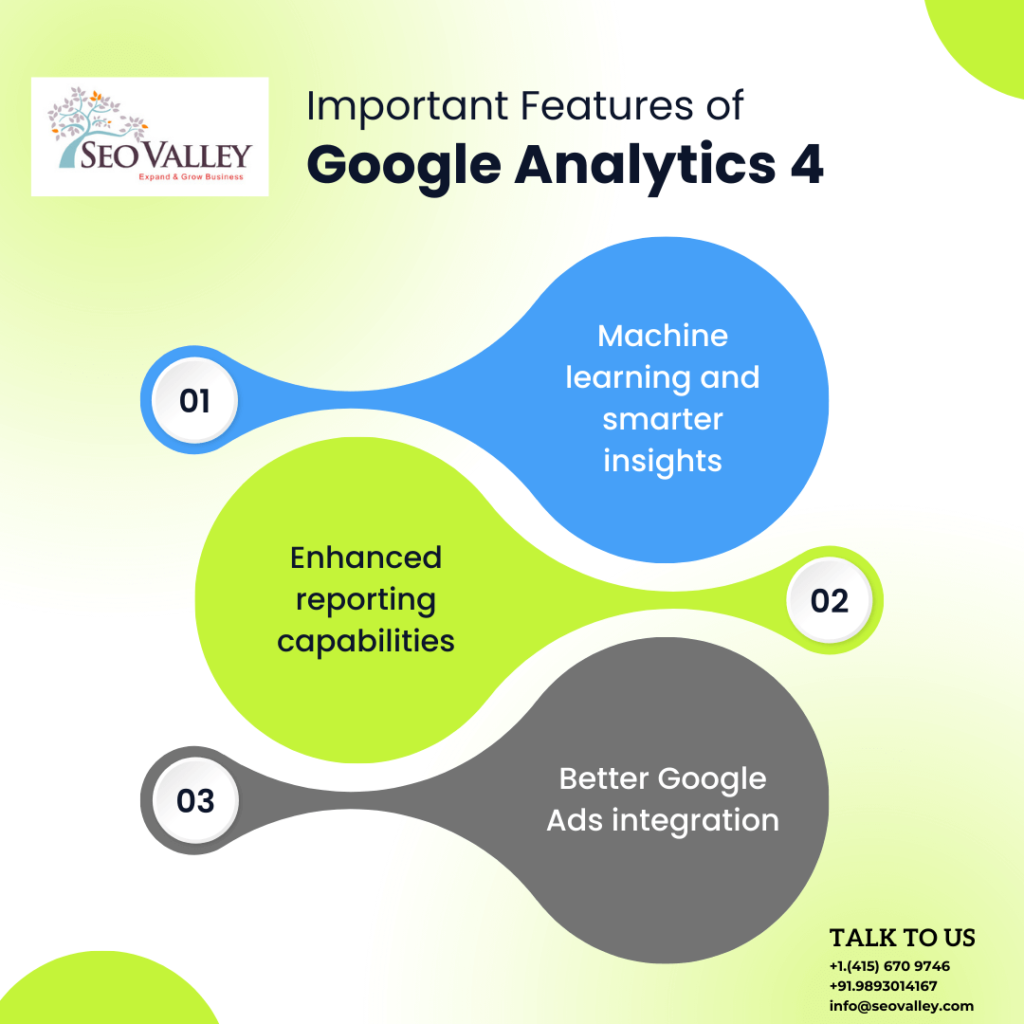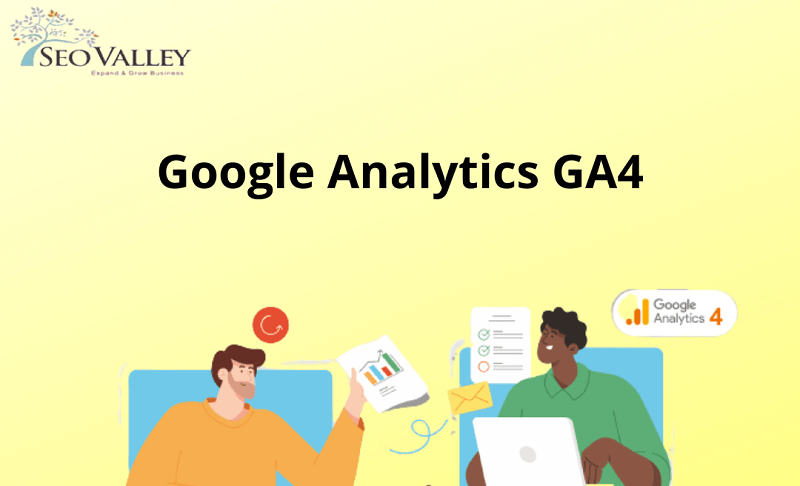It’s been two months since Google Analytics 4 (GA4) officially took the reins from Universal Analytics, but many digital marketers are still just getting used to the new system.

Wondering how to make the most of it? Strap in as we go deep into the unique features that GA4 brings to the table.
Machine learning and smarter insights
Machine learning is at the forefront of GA4’s new offerings. Predictive metrics such as churn probability, purchase likelihood, and predicted revenue offer a glimpse into future user behavior based on past actions.
Imagine knowing beforehand which segment of your audience is most likely to click that ‘Buy Now’ button. You can then focus your marketing resources—like email campaigns or targeted ads—directly towards that group. These metrics allow you to segment your audience more effectively so you can aim your resources where they’ll make the biggest impact.
Enhanced reporting capabilities
GA4’s reporting interface offers a buffet of customizable options complete with pre-built templates for free-form exploration, funnel analysis, and audience research.
Say you’re running an e-commerce store. You can customize your reports to track the path users take—from entering the site, interacting with different products, all the way to checkout. This funnel analysis can reveal bottlenecks in the user experience that you can then work to improve. It also makes it easier to generate valuable intel to share with stakeholders.
Better Google Ads integration
Gone are the days when ad data and analytics existed in silos. GA4 takes its integration with Google Ads to the next level by tracking interactions across multiple platforms—be it your website, mobile app, or even YouTube.
Why is this important? This unified tracking ability ensures that you don’t waste your budget targeting the same customer in multiple places. GA4 also takes care of the laborious task of exporting audience segments to Google Ads. It’s a smooth, automated process that streamlines your ad targeting strategies.
Improved data controls for privacy compliance
With public concern around data privacy growing, GA4 comes equipped with advanced data control settings to help businesses comply with regulations like GDPR in Europe and CCPA in the US.
Under these laws, consumers have the right to know what data is being collected about them and can request its deletion. GA4’s granular controls provide the tools you need to comply with these requests, allowing you to manage how data is collected, retained, and used.
The platform’s new machine learning processes for identity resolution and customer-centric measurements also reduce the reliance on IP addresses, unique hardware identifiers, or other personally identifiable information that could be subject to privacy laws. This is a particularly useful feature in a world moving away from third-party cookies and other traditional tracking mechanisms.
Customer-centric measurements
Traditional analytics focused on page views, clicks, and other fragmented metrics. GA4 changes the game by emphasizing events—such as button clicks, form submissions, and video plays—that paint a clearer picture of user interaction. The platform aggregates these events to show a more comprehensive snapshot of the customer journey, from browsing to purchasing.
For instance, instead of just knowing that a user visited your website, you can understand that they watched a product video, read customer reviews, and then added an item to the cart. Such customer-centric metrics (enriched by machine learning algorithms) offer a much-needed layer of depth to your analytics, giving you a more rounded view of how people engage with your product or service.
Ready to make GA4 work for you?
If you’re looking to make the most of these new features to improve your website’s performance, contact SEOValley.








